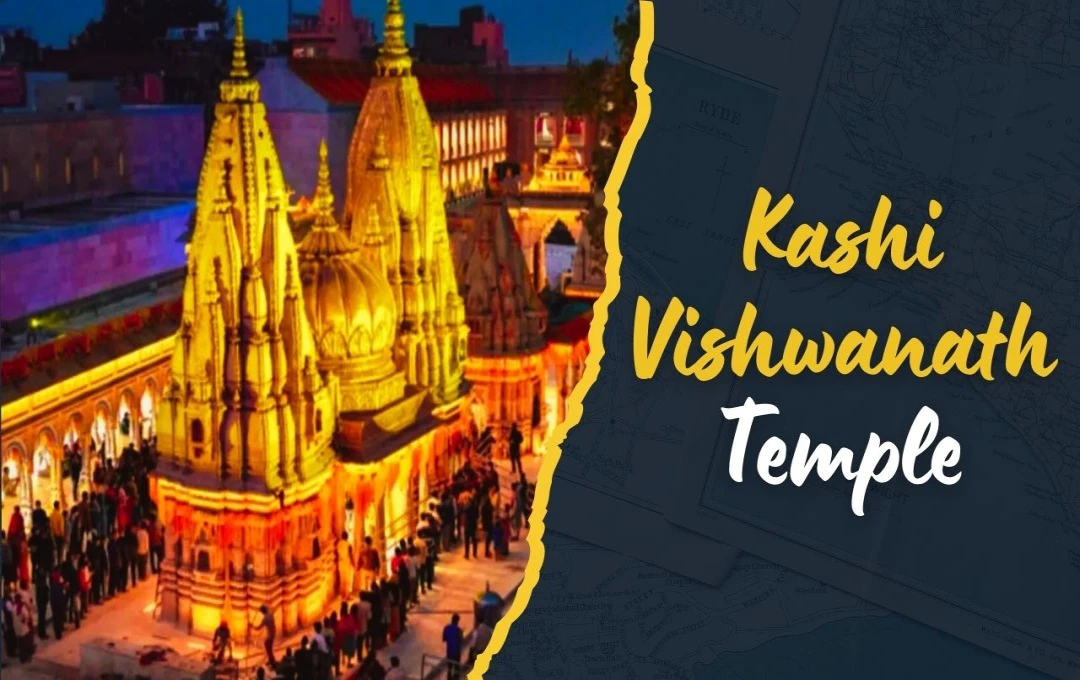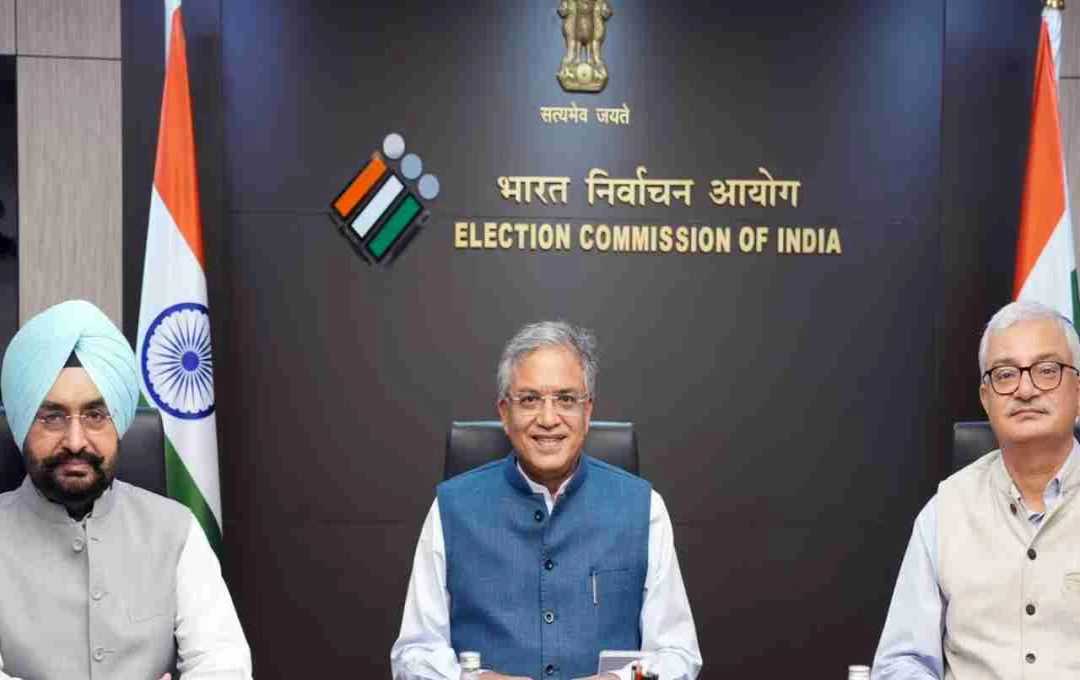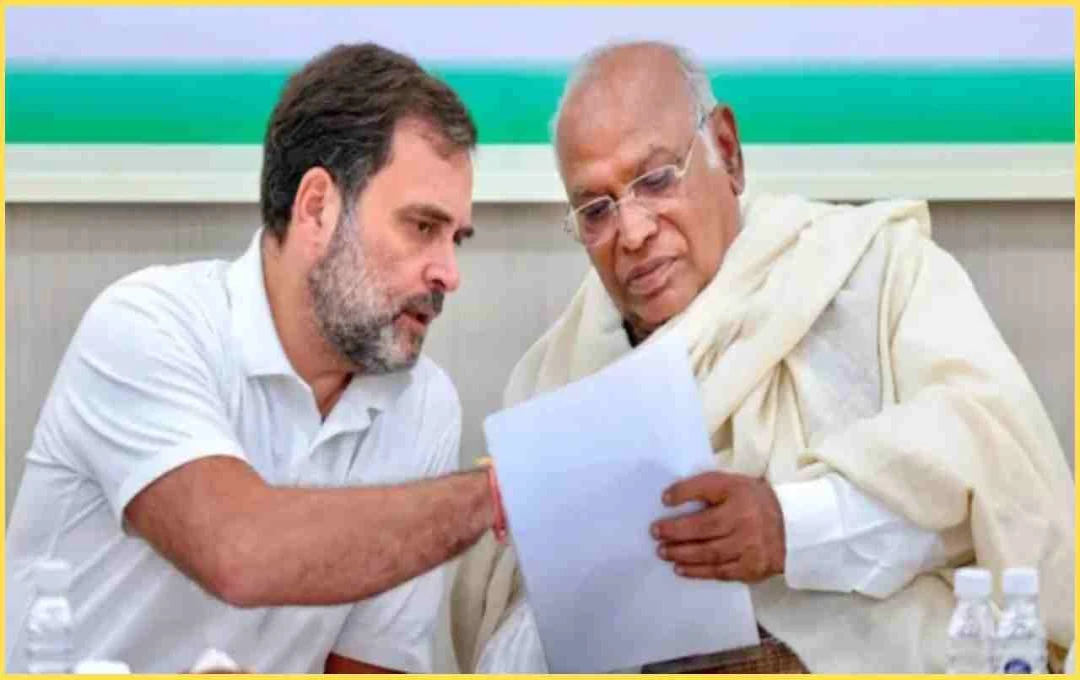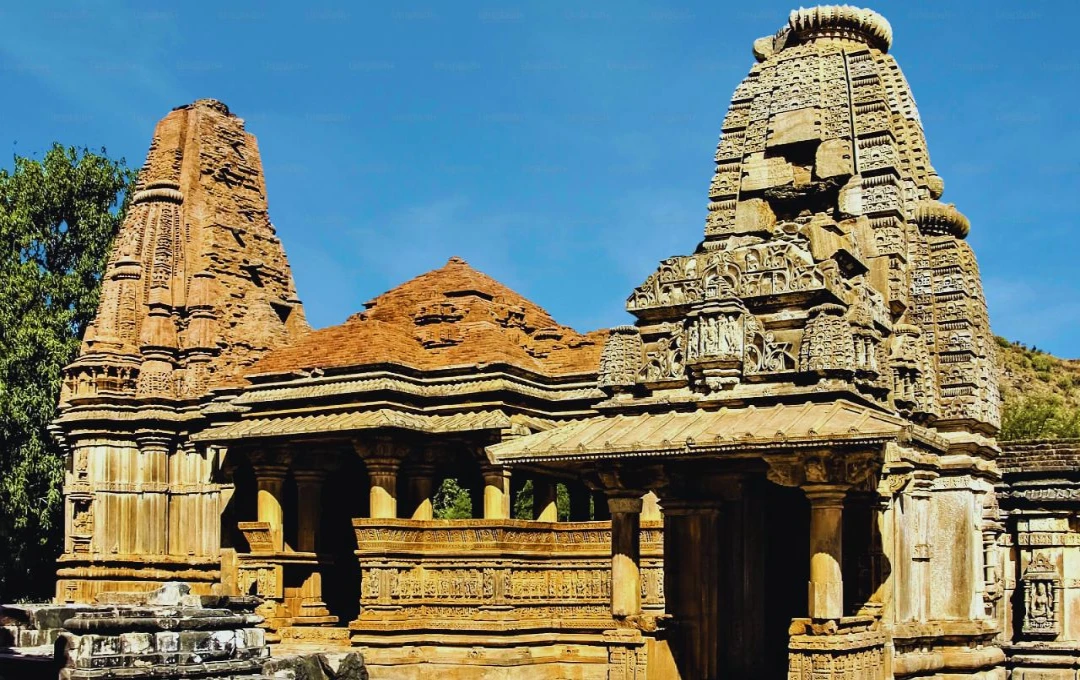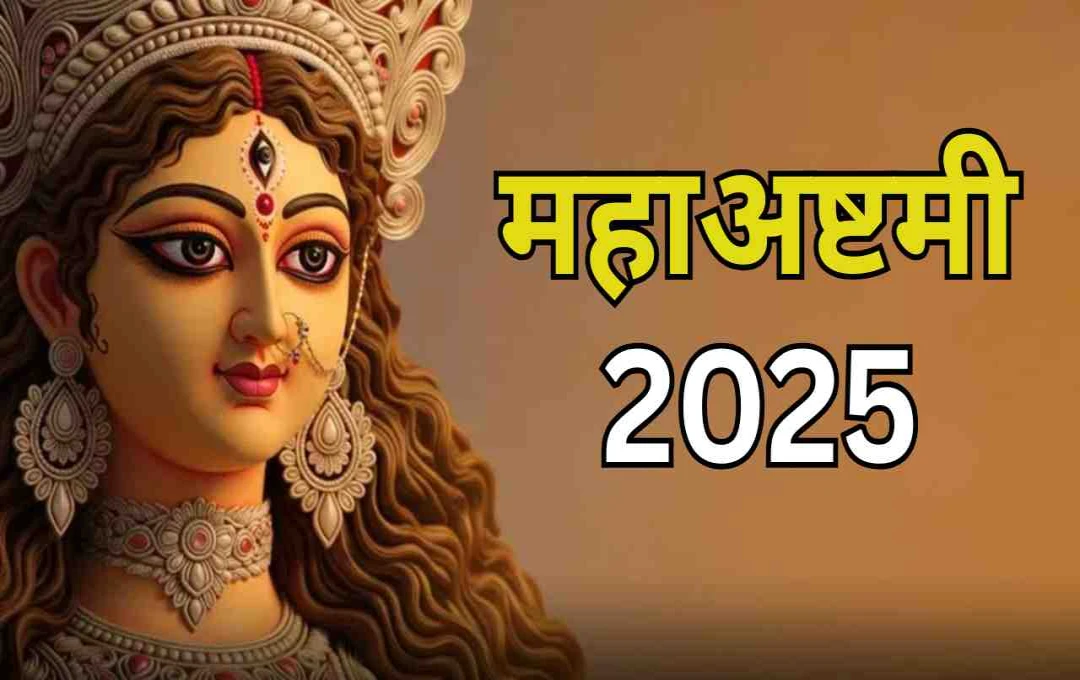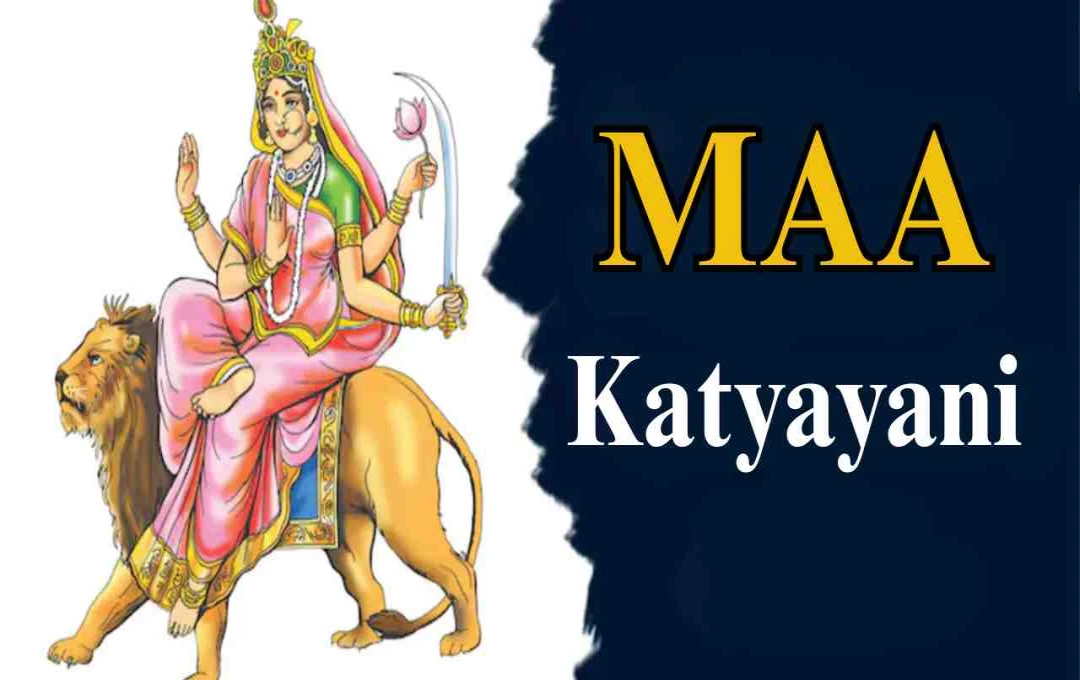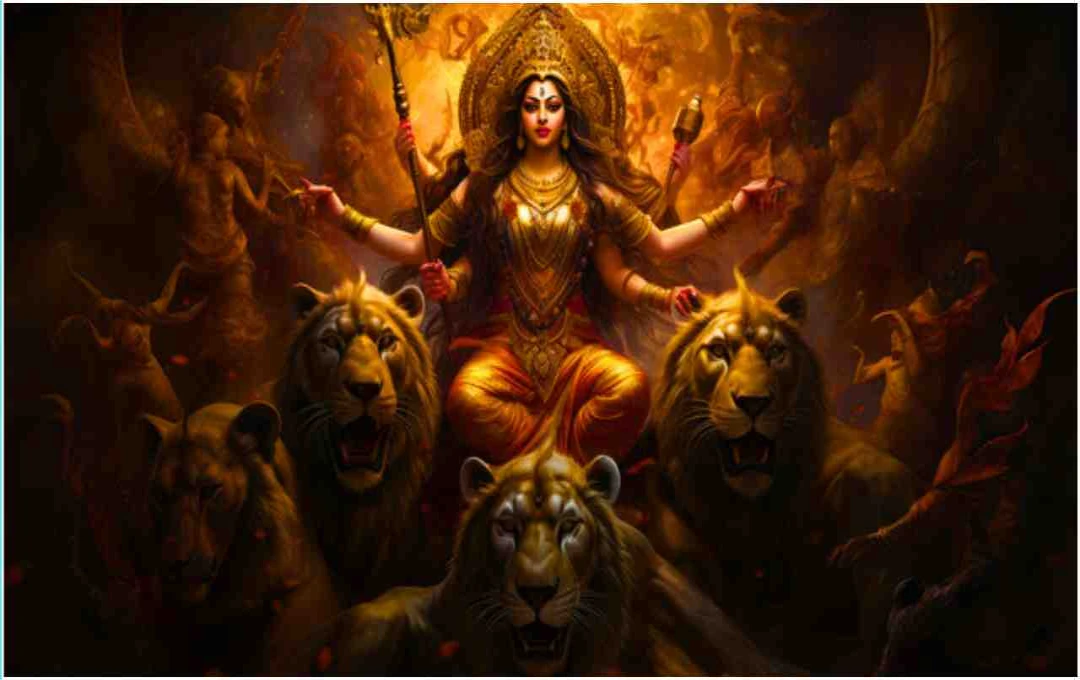The Kashi Vishwanath Temple, located in Varanasi, is a major Jyotirlinga site dedicated to Lord Shiva. Its history is filled with struggles and devotion, from ancient times to modern reconstruction. The temple is famous for its golden dome and the corridor connected to the Ganges.
Kashi Vishwanath: The Kashi Vishwanath Temple holds an extremely important place in India's cultural and religious heritage. This temple is not just a place of worship, but also a symbol of Indian civilization, history, and spirituality. Located in the city of Varanasi in Uttar Pradesh, this temple is dedicated to Lord Shiva and is considered one of the twelve Jyotirlingas.
Kashi Vishwanath Temple means "Lord of the Universe." Lord Shiva is worshipped here as "Vishwanath" and "Vishveshwara." This temple is situated in the alleys of Varanasi and on the banks of the Ganges River, and is considered a major center for Hindus to attain Moksha (liberation).
Ancient History and Establishment
The Puranas describe that the origin of the Kashi Vishwanath Temple dates back to ancient times. The "Kashi Khand" in the Skanda Purana and the "Kashi Rahasya" in the Brahmavaivarta Purana mention the importance of this temple and city. According to Kashi Khand, there were a total of 1099 temples in Varanasi, of which 513 were dedicated to Shiva. The original name of this temple was Moksha Lakshmi Vilas.
The temple had five mandapas (pavilions) – Gyan Mandap, Rang Mandap, Aishwarya Mandap, Mukti Mandap, and the main sanctum where the Shivling was installed. The Shivling installed here is a symbol of the infinite and formless power of Lord Shiva.
Religious Significance and Jyotirlinga
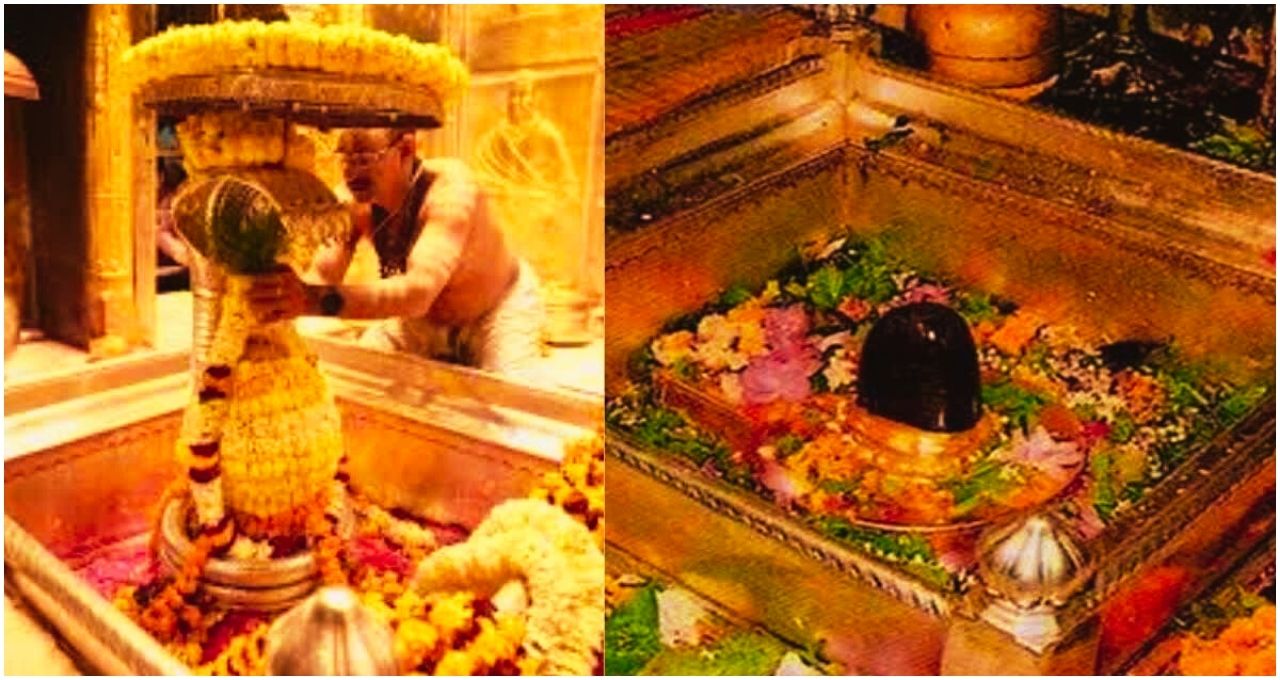
The religious significance of Kashi Vishwanath Temple is linked to its Jyotirlinga. The Jyotirlinga is that form of Lord Shiva in which he appeared as an infinite pillar of light. According to legends, when there was a dispute between Brahma and Vishnu about supremacy, Lord Shiva assumed the form of an infinite pillar. Vishnu tried to find the origin of the pillar in the form of Varaha, while Brahma became a swan and set out to find its top.
However, Brahma cheated and said that he had seen the top of the pillar, while Vishnu admitted his failure. Due to this deception, Shiva cursed Brahma by cutting off his fifth head and decreed that he would never be worshipped, while Vishnu and Shiva would always be worshipped. This is why Lord Shiva and Vishnu are equally worshipped in the Kashi Vishwanath Temple.
Medieval History and Destruction
The history of the Kashi Vishwanath Temple is full of conflicts and reconstructions. The original temple, which was called Adi Vishveshwara Temple, was destroyed during the invasion of Mohammad Ghori in 1194 AD. After this, the temple was rebuilt several times. During the reign of Akbar, Raja Man Singh and Todar Mal rebuilt the temple.
But in 1669, the Mughal Emperor Aurangzeb demolished the temple again and built the Gyanvapi Mosque in its place. Despite this, Hindu devotees continued to worship at the remains of the temple.
Maratha Period and Present Temple
Ahilyabai Holkar built the present temple near the Gyanvapi Mosque in 1780. This temple was built in the Maratha architectural style and has undergone many improvements and enhancements from time to time.
In 1835, Sikh ruler Maharaja Ranjit Singh donated one ton of gold to cover the dome of the temple with gold. This is why it is commonly called the Golden Temple of Varanasi.
Temple Complex and Structure
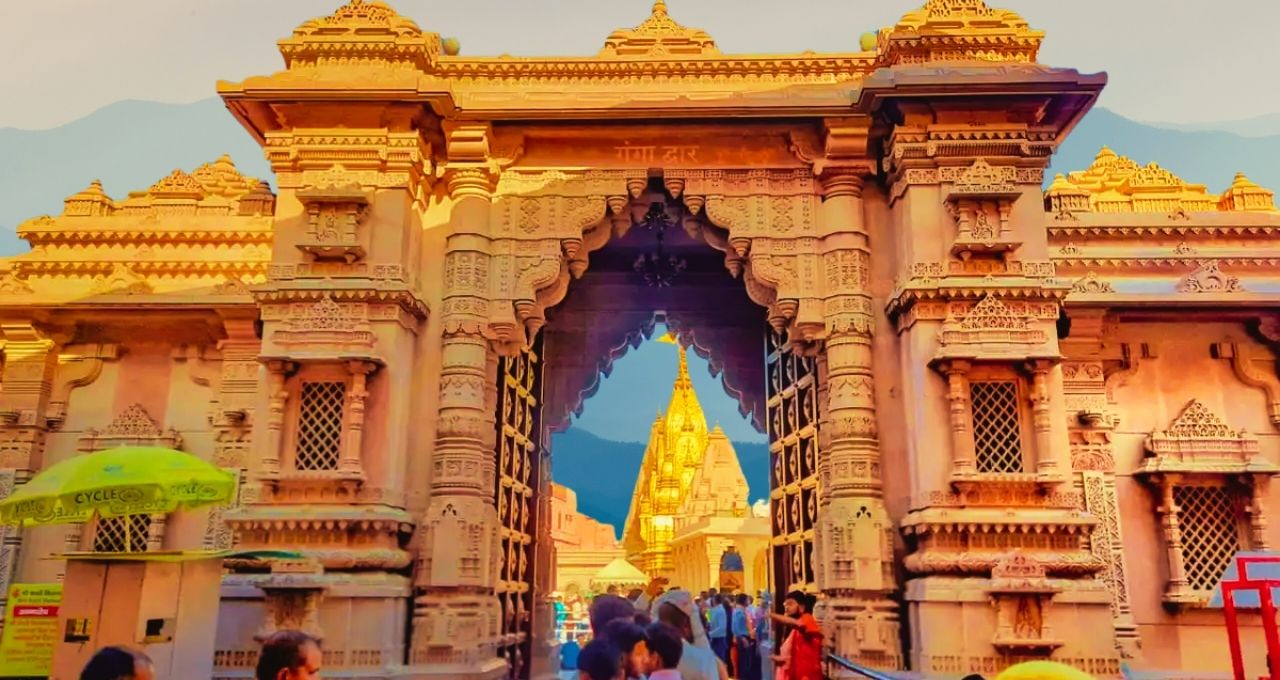
The Kashi Vishwanath Temple is not just a main temple, but it has many smaller temples and places of worship around it. Here, apart from Lord Shiva, there are small temples of Kaal Bhairav, Kartikeya, Avimukteshwara, Vishnu, Ganesh, Shani, and Parvati.
In the main temple, a 60-centimeter-high and 90-centimeter-diameter Shivling is installed, which is placed on silver strips. The structure of the temple is divided into three parts – a 15.5-meter-high peak, a golden dome, and a golden peak inside the sanctum, which has a flag and a trident.
There is also a well called Gyan Vapi in the temple, in which idols and Shivlings were hidden to protect them from invaders.
Religious Significance
The religious significance of Varanasi and Kashi Vishwanath Temple is extremely deep. Bathing in the Ganges River and worshipping at the temple is believed to lead to salvation. Devotees come here to renounce one of their desires and to attain virtue.
The connection of Kashi Vishwanath Temple is not limited to Varanasi. It is an important pilgrimage site for Hindus all over India. The traditions and customs here have been going on for thousands of years.
Major Festivals and Worship
Various religious rituals and festivals are celebrated in the temple. Among these, the main ones are – Rangbhari Ekadashi, Vasant Panchami, Mahashivratri, and the marriage of Baba Vishwanath.
On Rangbhari Ekadashi, a special ritual is performed by associating Baba Vishwanath with Mata Parvati. On Mahashivratri, the worship and vigil of Lord Shiva lasts all night. According to the daily routine in the temple, Mangala Aarti is performed at 3:30 am, Bhog Aarti at 12 noon, Saptarishi Aarti at 7:30 pm, and Shringar Aarti at 11 pm.
Kashi Vishwanath Corridor
The Kashi Vishwanath Corridor was inaugurated in 2021 by Prime Minister Narendra Modi. This project reduced the distance between the temple and the Ganges Ghat and increased facilities for the devotees. During the construction of the corridor, approximately 1400 families and business establishments were resettled, and more than 40 ancient temples were reconstructed.
After the construction of the corridor, the number of devotees in the temple increased greatly. In 2023, the daily average of 45,000 pilgrims came here for darshan (sight of the deity).
The Kashi Vishwanath Temple is not only a center of devotion to Lord Shiva, but it is also a symbol of Indian culture, history, and spirituality. The Jyotirlinga here, the historical heritage of the temple, the festivals, and the mythological stories make it famous all over the world. For every devotee coming to Varanasi, this journey is not only an opportunity for darshan, but also a spiritual experience that leads life towards salvation.
